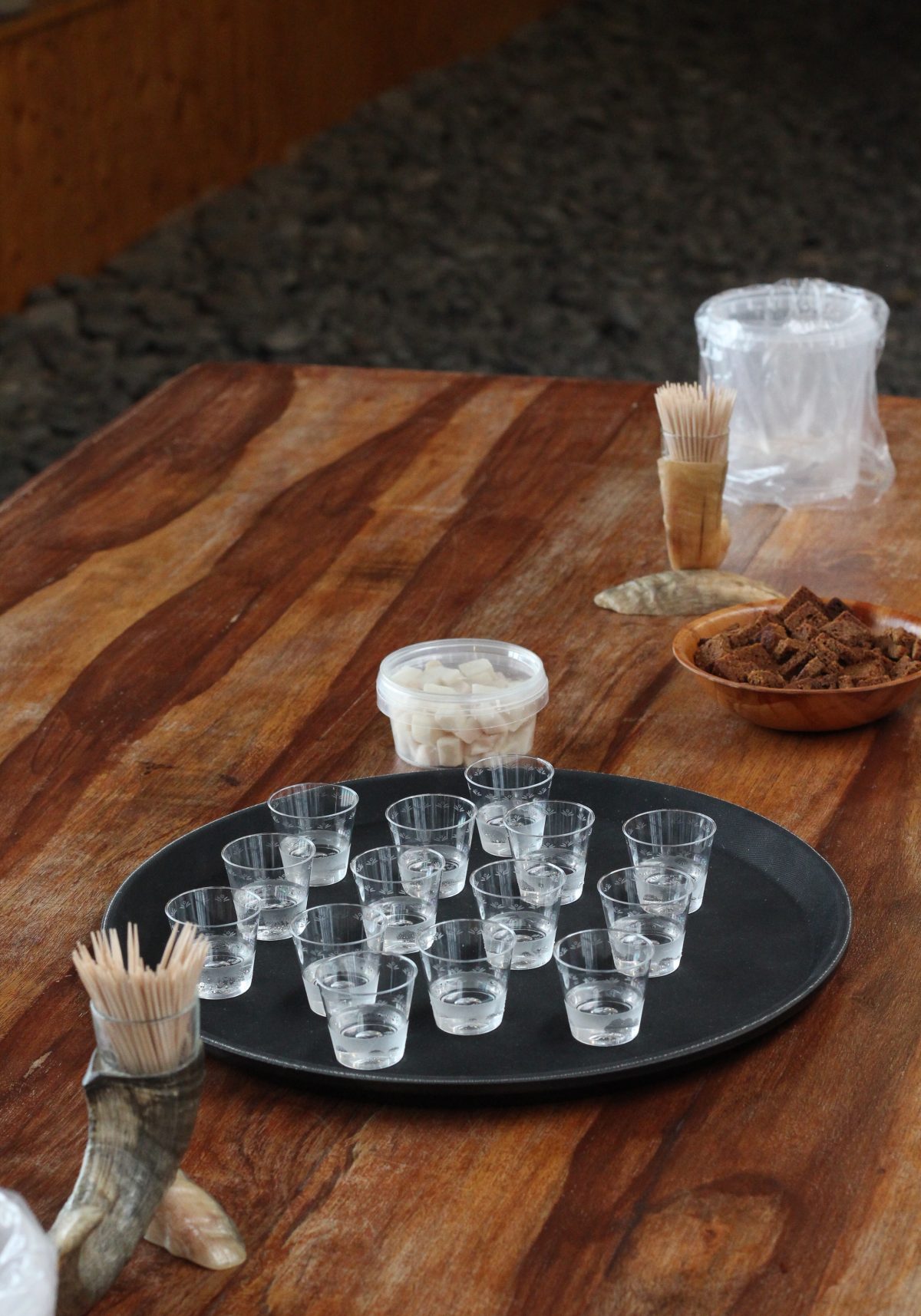We had the first of three NOS-funded workshops titled “Craftlife” from March 31 to April 2, consisting of a public seminar and series of meetings and visits to local producers in West Iceland.
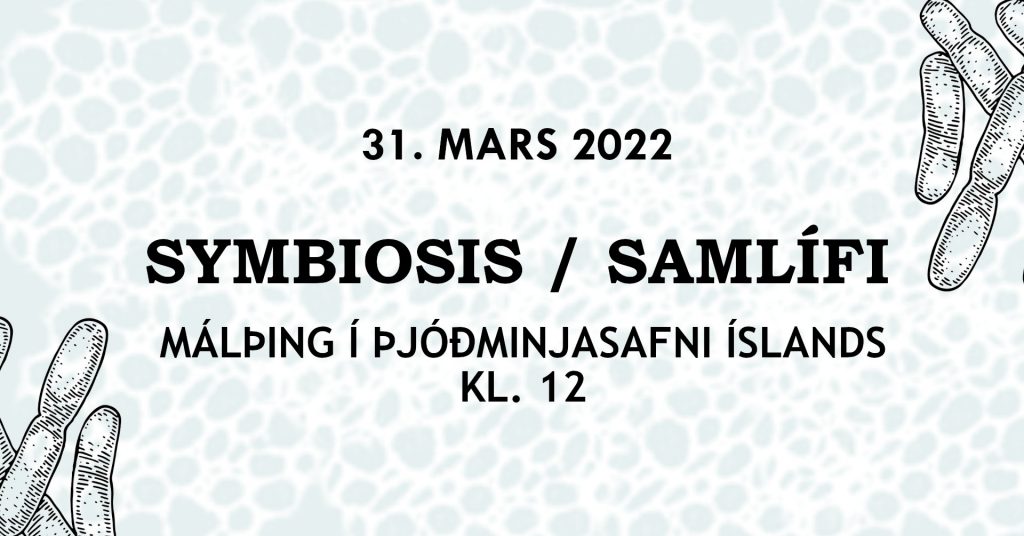
The program started on March 31 with a seminar at the National Museum of Iceland, where Jón Þór Pétursson, ethnologist from the University of Iceland, gave a paper on Skyr as “mother culture” and Veera Kinnunen, sociologist from the University of Lapland, talked about bokashi as multispecies waste care. After this there was a workshop on cross-disciplinary collaboration on human-microbial symbiotic relations, led by Valdimar Tr. Hafstein, with the participation of the project team and Veera Kinnunen and Birgitta Vinkka from Finland, Martin Skrydstrup from Denmark, Håkan Jönsson from Sweden and JoAnn Conrad from California. Bryndís Eva Birgisdóttir gave a talk outlining an intervention research that is planned for next fall, and Helga Ögmundardóttir explained the ongoing research into composting practices.
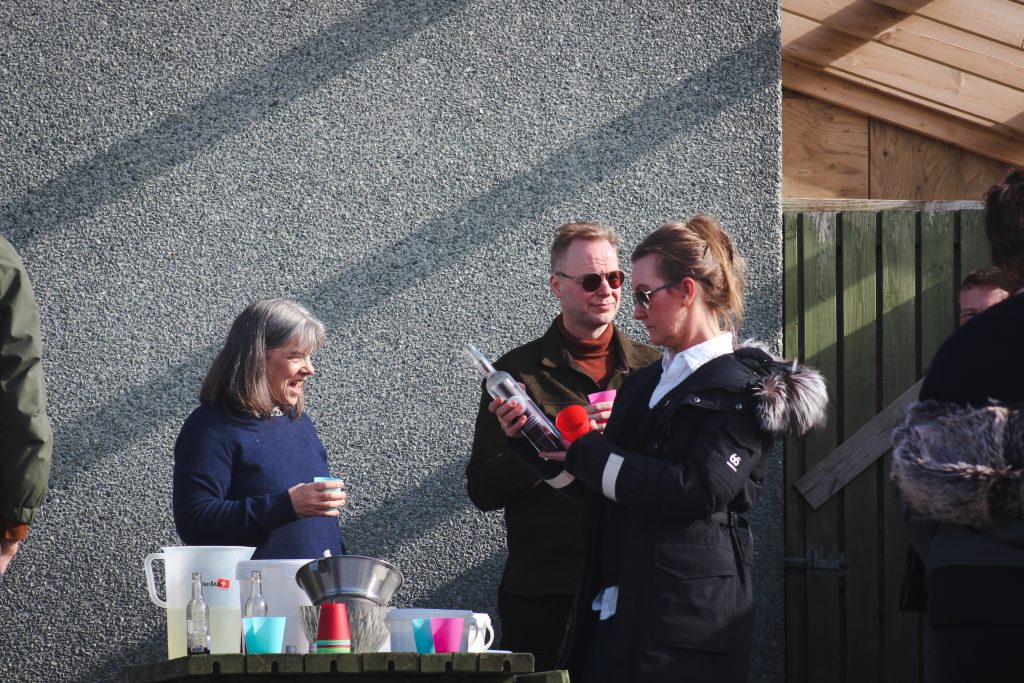
On April 1 the whole group travelled to Erpsstaðir creamery and dairy farm where the farmer, Þorgrímur Einar Guðbjartsson, explained the process of making skyr in both the traditional and modern manner. We were treated to a feast of skyr and other cheeses, rye bread and cured meat, including traditional meat conserved in sour whey. Filmmaker Áslaug Einarsdóttir joined us in Erpsstaðir and filmed the whole demonstration.
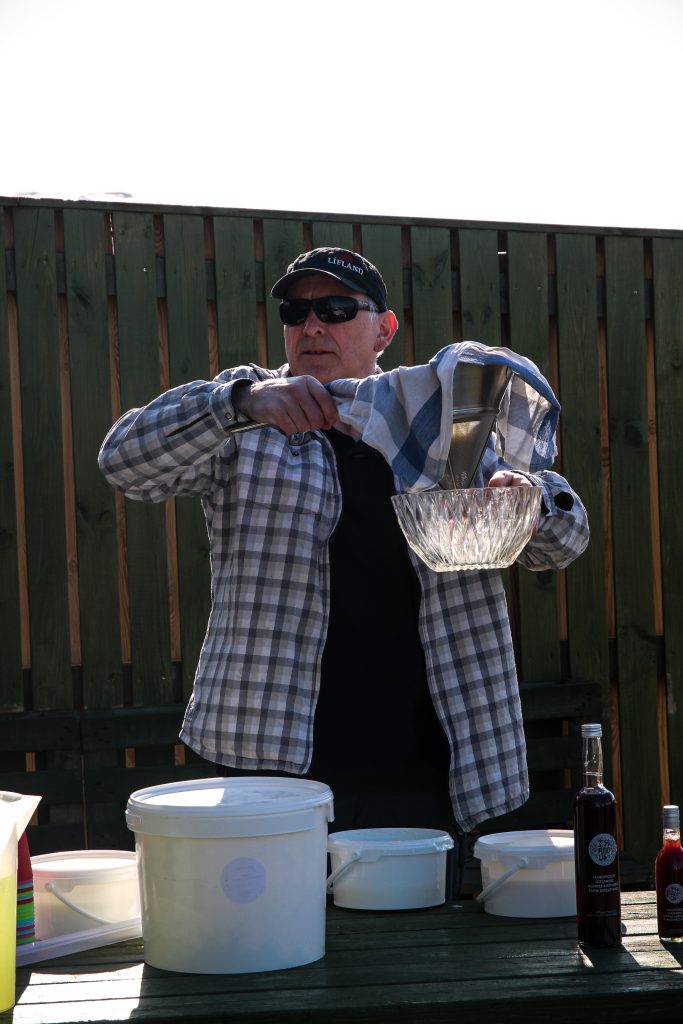
After visiting Erpsstaðir the group continued north to Hveravík in Strandir, where we met local producers and ethnologists from the University of Iceland research center on folklore/ethnology in Hólmavík. We were joined by Hafdís Sturlaugsdóttir, sheep farmer and natural scientist, Ásta Þórisdóttir and Svanur Kristjánsson, bee farmers and directors of Sýslið makerspace in Hólmavík, Þorgrímur Einar Guðbjartsson, dairy farmer, and folklorists Guðlaug G. I. Bergsveinsdóttir and Dagrún Ósk Jónsdóttir. During the workshop, Birna Guðrún Ásbjörnsdóttir gave us an inspiring talk about mounting evidence connecting the gut flora with a variety of health-related issues. Afterwards, Viggó Þór Marteinsson explained how research into thermophiles discovered in hydrothermal vents in Iceland contributed to the development of PCR technology, that has become a household name during the COVID-19 pandemic. We were received by folklorist Kristín Einarsdóttir and her husband, Gunnar Jóhannsson, who hosted the workshop and afterwards treated the team to a feast of locally caught fish.
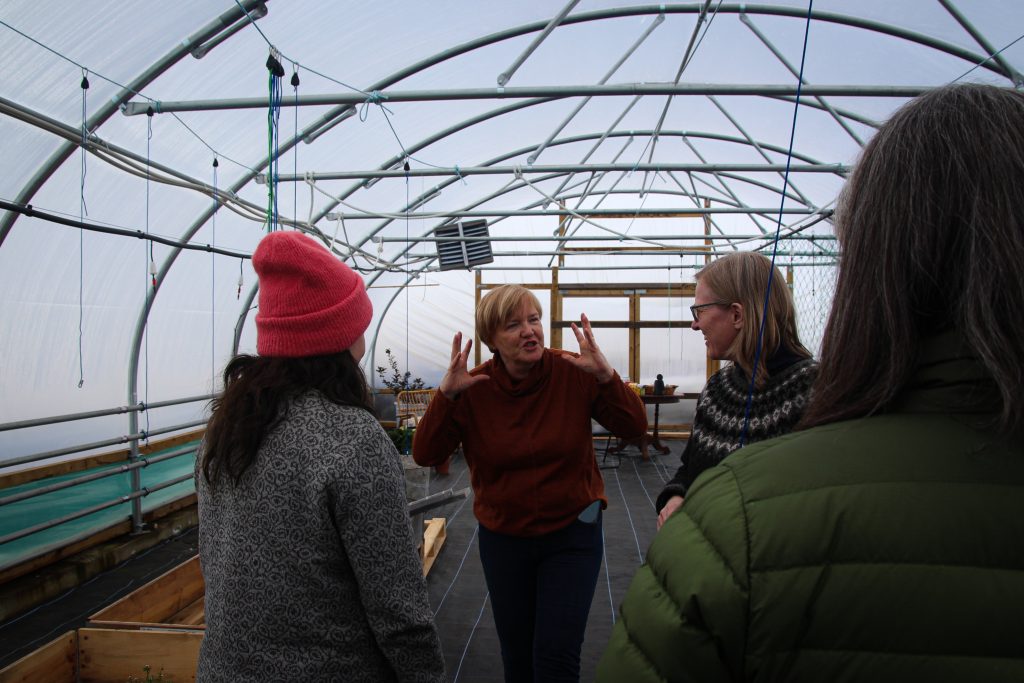
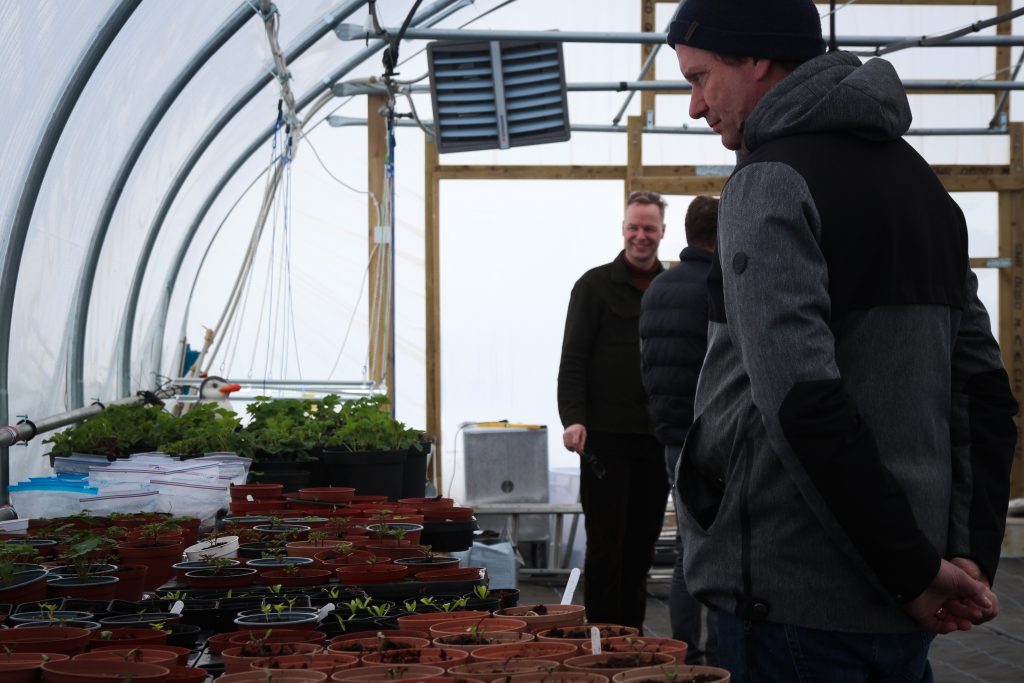
After a refreshing overnight stay at Malarhorn in Drangsnes, close by Hveravík, the group visited the Museum of Sorcery and Witchcraft in Hólmavík and got breakfast at their restaurant/café while museum director Anna Björg Þórarinsdóttir told us the story of the museum and its ties to local folklore from Strandir.
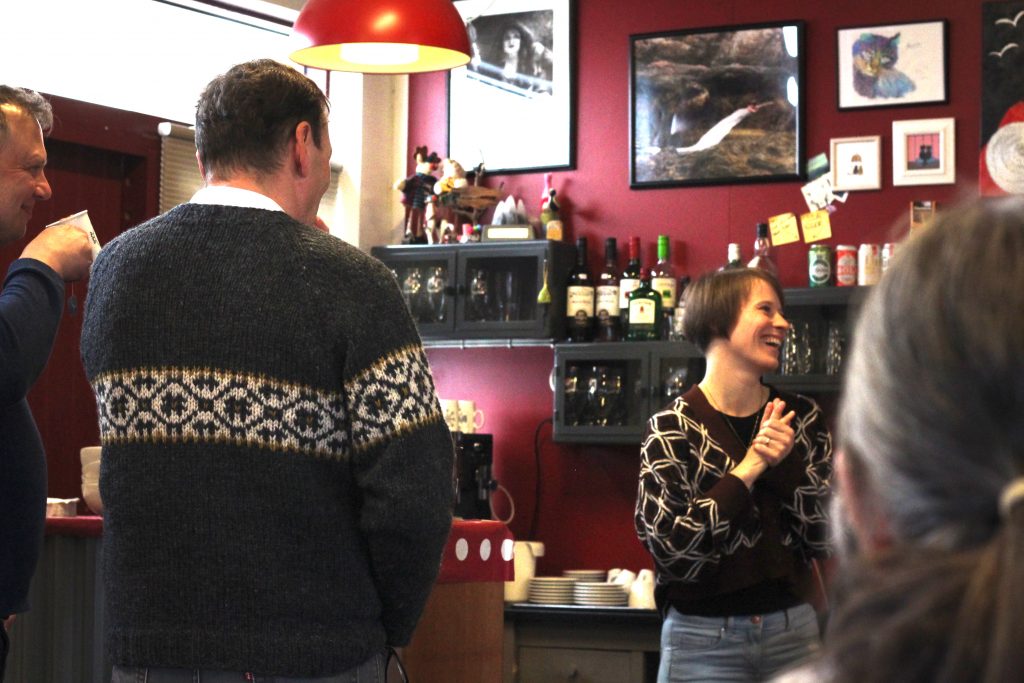
After a quick tour of the museum where we learned about the intrigues of the 17th century witch craze in Iceland and discussed similarities and differences with events in other Nordic countries, it was time to hit the road and drive to Bjarnarhöfn in Snæfellsnes.
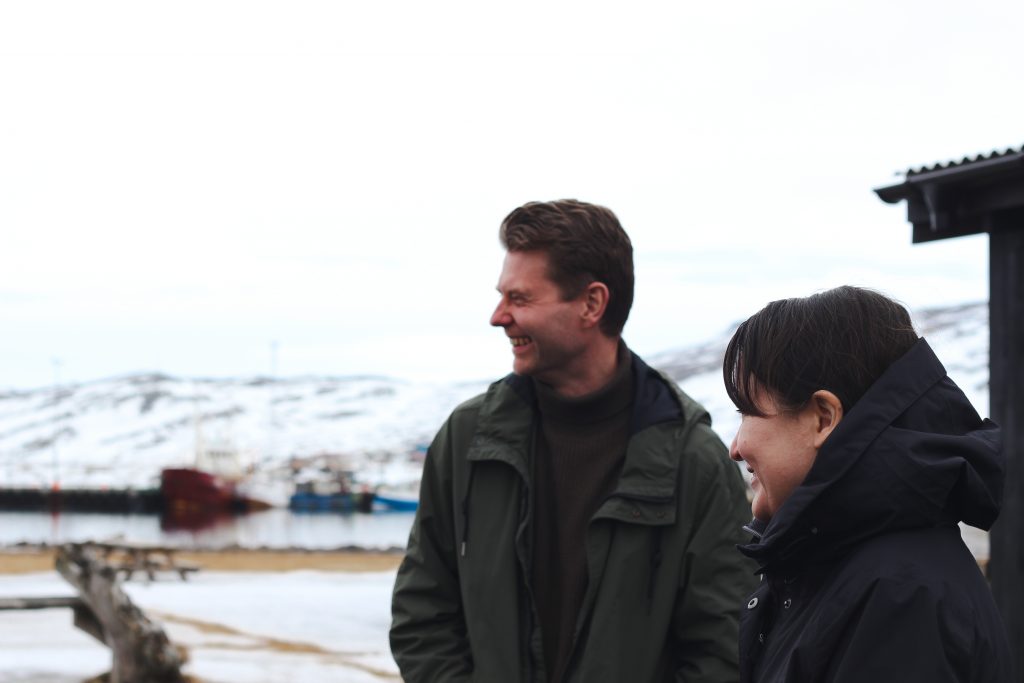
After a short lunch stop at Stykkishólmur, where we met up with filmmaker Áslaug Einarsdóttir, the group travelled to Bjarnarhöfn where greenland shark is processed in the traditional manner and a picturesque shark museum has been created. We were received by brothers Guðjón Hildibrandsson and Kristján Hildibrandsson who walked us through the process of making traditional hákarl from the greenland or basking shark. Microbiologist Viggó Þór Marteinsson is currently researching the transformation that occurs in the shark meat, which is poisonous in its fresh state, but is cured by a variety of microbes, making it both safe to eat and highly palatable.
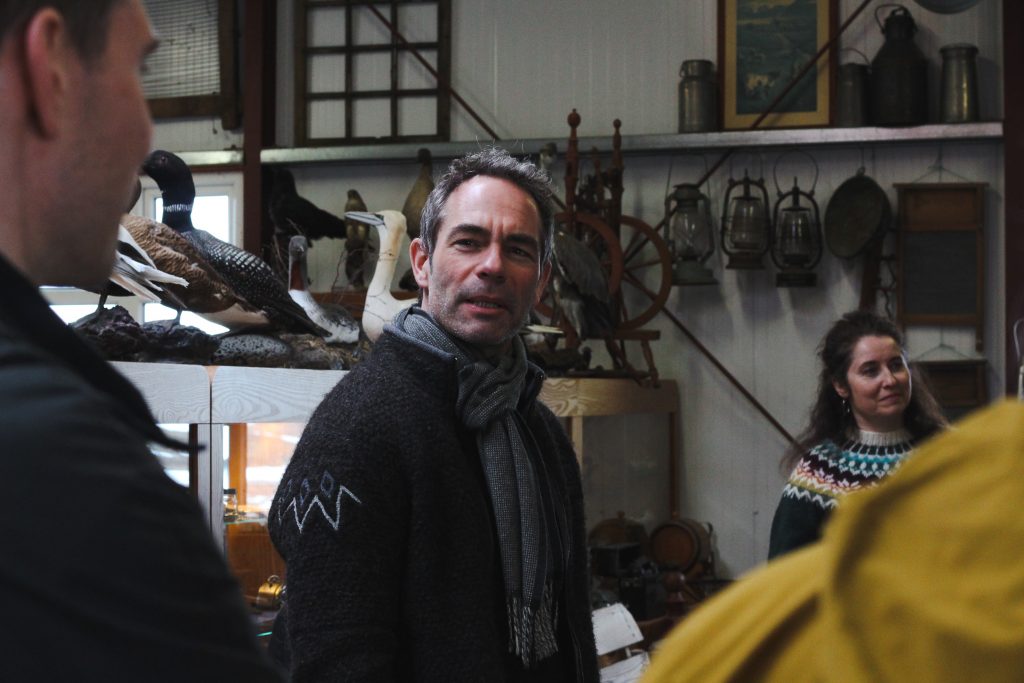
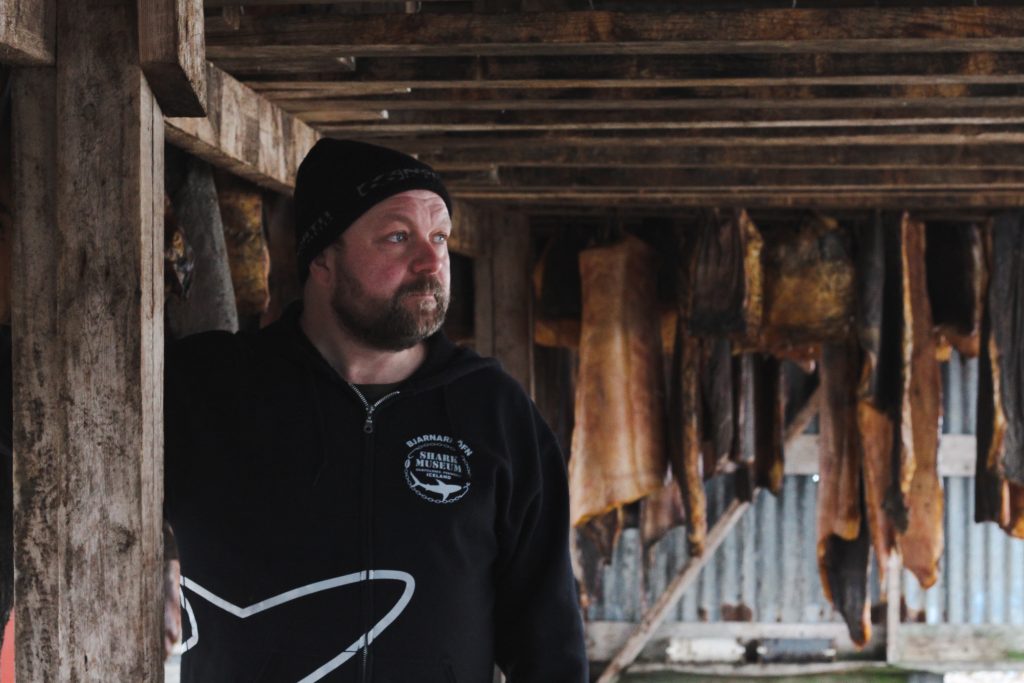
After our visit to Bjarnarhöfn the team travelled to the Blue lagoon on Reykjanesskagi, where a pool and spa have been developed around a silica-rich salty geothermal lake, and immersed in the silicabacter that has been confirmed as the dominant species in the lagoon. After a luxurious dinner at the Blue lagoon restaurant, we headed to Garður at the end of Reykjanesskagi, where we visited one of the youngest craft breweries in Iceland, Litla brugghúsið, and sampled their products, while master brewer Davíð Ásgeirsson explained the brewing process, the different strains of yeast used, and how they react to different temperatures, times and types of sugar.
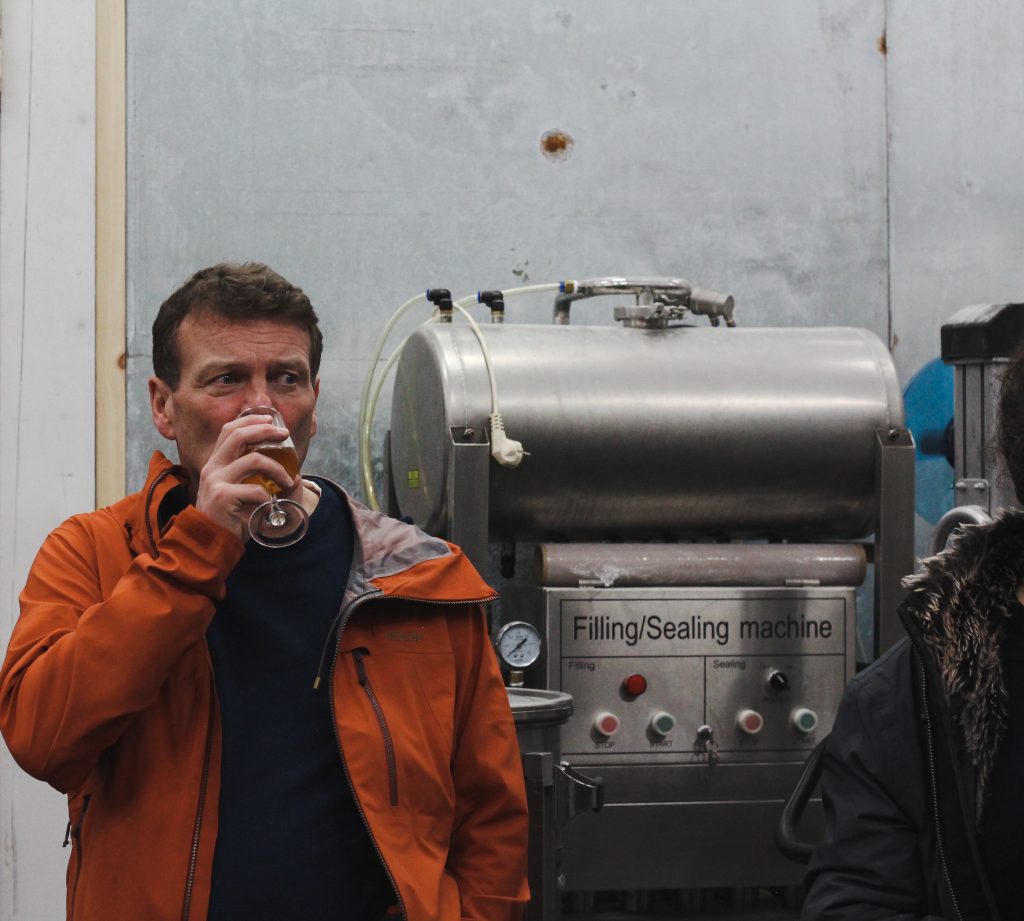
While the program was intensive and tightly packed, the workshops and visits we had during these three days turned out to be highly stimulating, inspiring in-depth discussions on the links between probiotic food and health, and the myriad different ways we interact with microbes in our environment and in our food. It also gave us a unique opportunity to touch, smell and taste the microbes involved in traditional food production as an international and interdisciplinary team, prompting lively comparisons based on wide-ranging experience and scientific knowledge.
On behalf of the project team we wish to thank all of the people who participated for making this the best roadtrip ever!
